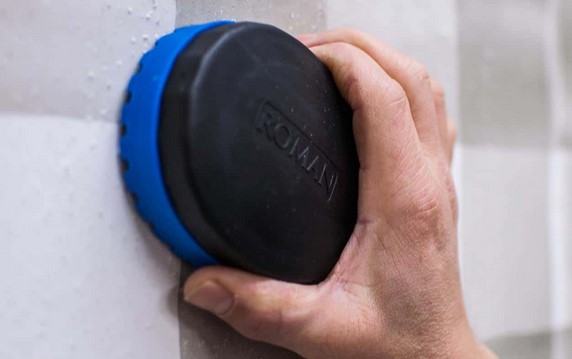 Wallpapers are one of the easiest and most effective ways to give your wall a makeover, with the added advantage of being economical. However, it comes with the cost of regular replacement. Regardless of how you would like to change up your wall, one inevitable step would be taking down your wallpaper, which could be particularly taxing. If you plan to remove your wallpaper, here are a few tips to help you get the job done stress-freely and obtain the perfect look.
Wallpapers are one of the easiest and most effective ways to give your wall a makeover, with the added advantage of being economical. However, it comes with the cost of regular replacement. Regardless of how you would like to change up your wall, one inevitable step would be taking down your wallpaper, which could be particularly taxing. If you plan to remove your wallpaper, here are a few tips to help you get the job done stress-freely and obtain the perfect look.
Knowing your specifications
Instead of getting into the process in a hurry, ensure you get all the details down accurately. Firstly, the specifications regarding your wall. Starting from the basic aspect of dimensions and measurements, make an effort to gather information on the levels of moisture, texture, and the material it is made of. Based on these details, you can then decide upon the removal methods.
Choosing the best possible method
There are several ways in which you can strip off your wallpaper. This decision has to be made depending upon the information gathered previously, along with the factors of convenience and availability of services. All of these processes can be done either with the help of professionals or simply taken up as a home project.
- Simple peeling
In the case of wallpapers that are already coming off on the edges or so, you can simply peel it off as much as possible until you expose the layer with paper and glue. However, it might not be possible to completely get it off this way, so you might need to take up other removal methods following this. Despite this, manually scraping off as much as possible would help lessen the burden of other processes.
- Scoring
In general terms, scoring is just making small holes in the wallpaper to effectively allow the solvent to reach the undersurface. This process is especially useful and important in the case of vinyl wallpapers and those which are installed by professional teams. Both these cases do not allow for simple ripping and require the help of wallpaper scorer teams.
You do not necessarily need the help of professionals, especially now that several tools that can simplify the process enough to let you take this up as a DIY project. Though you might be able to achieve a certain extent of your task goal with just a fork, there are other tools to help with more complicated scenarios.
- Soaking
Several chemical solvents and homemade solutions can help ease the adhesion on your wallpapers, making it easier to take off the wallpaper. Depending upon your conditions and materials involved, this may differ with each situation.
The required materials could range from something as simple as hot water to some complicated chemical compound. Experimenting with different raw materials can help you come up with possible solutions that actually work.
- Steaming
For adhesions that would not budge even with different kinds of solvents and chemicals, an additional component of steam would mostly solve the problem. There are several easy gadgets that you can purchase at your local industrial stores for less than a hundred dollars. What the steamer essentially does is that it does the process of soaking up, just in a more pin-pointed way, making it much more effective.
Conclusion
With these details, you can weigh these options rationally and decide upon the methods to remove the wallpapers. With knowledge about your wallpaper, you can also apply specific measures to help with easy removals, like soaking or using special solvents. Info about the type of adhesive is also crucial.